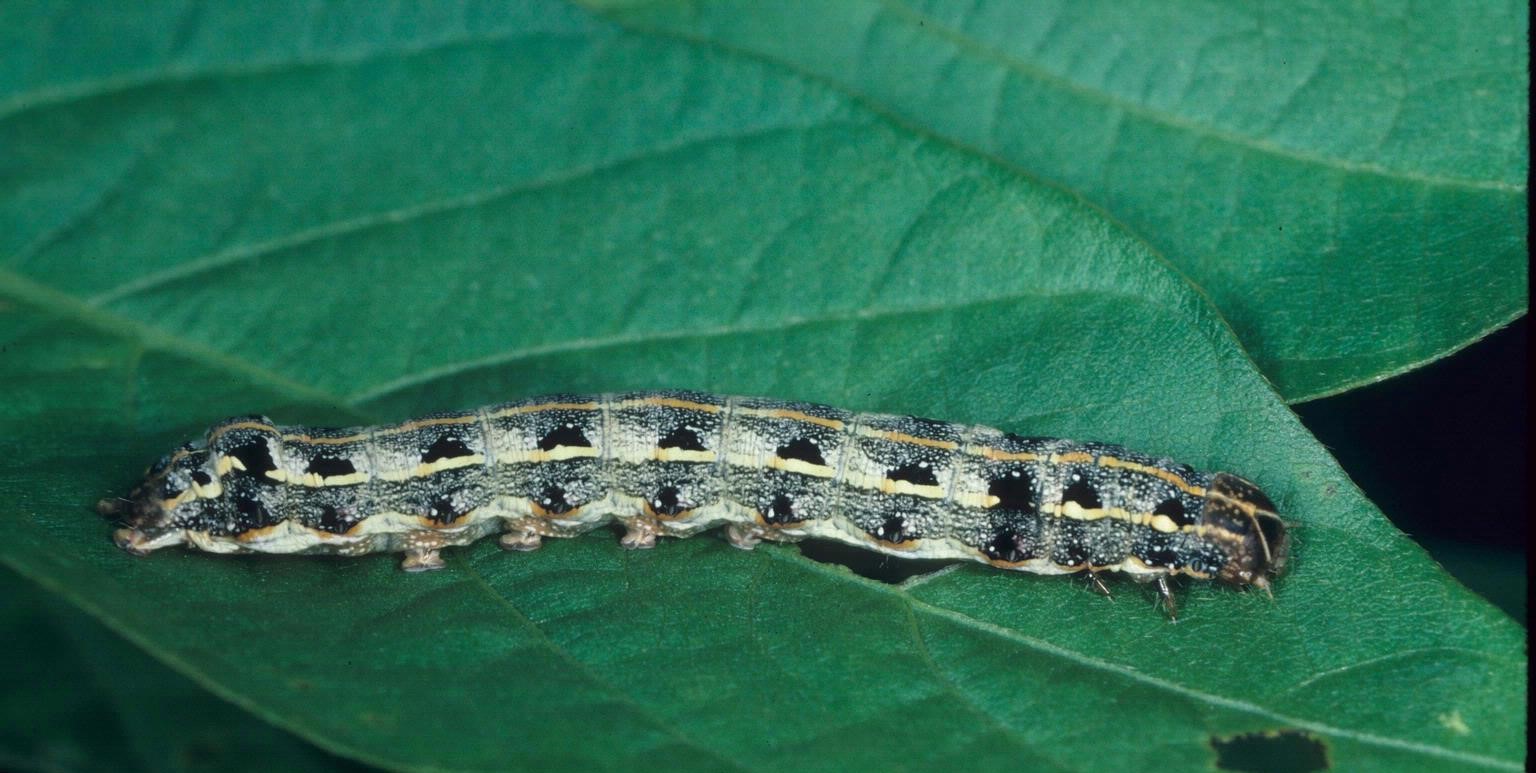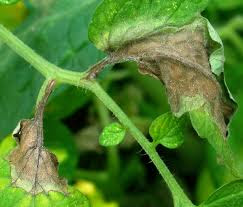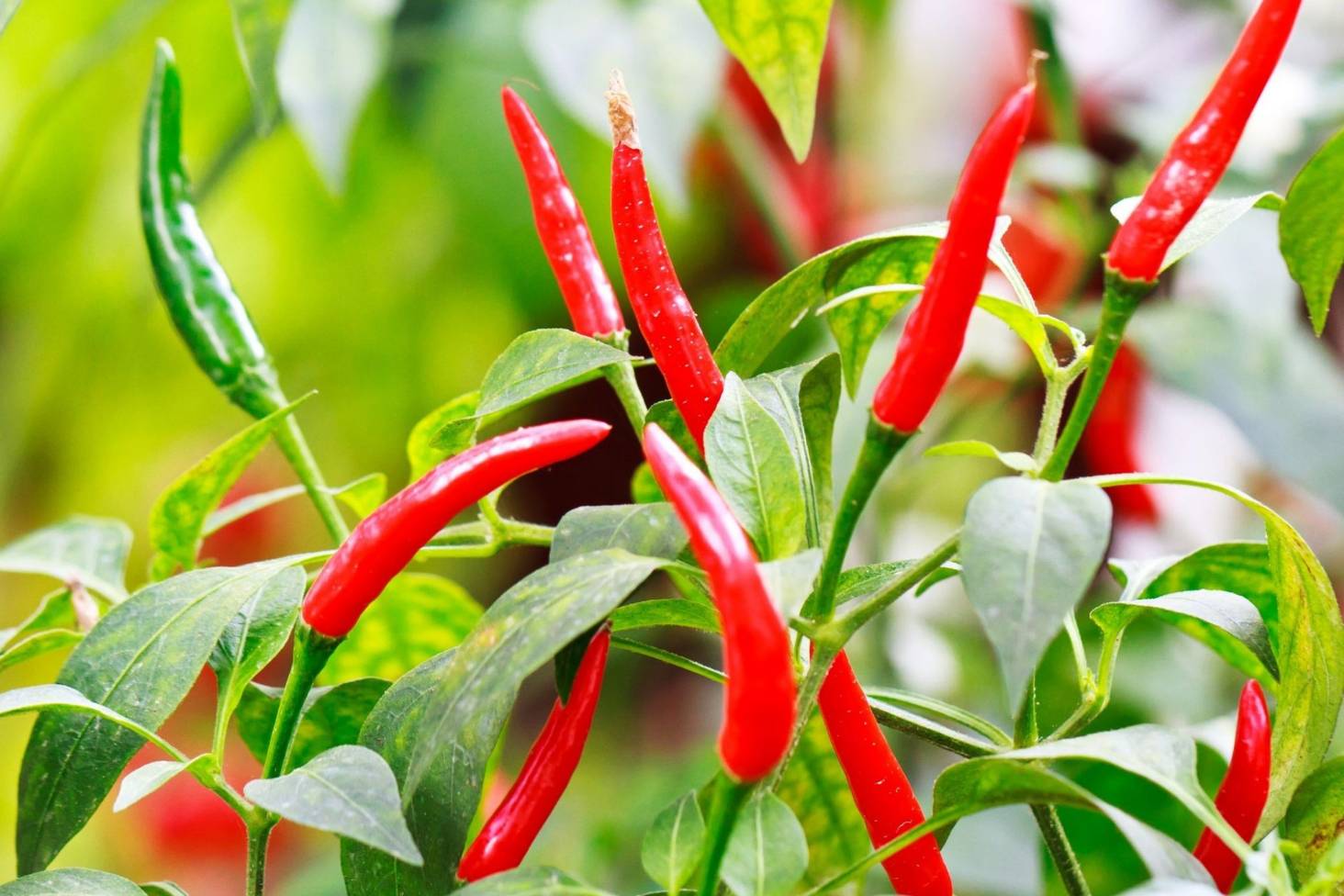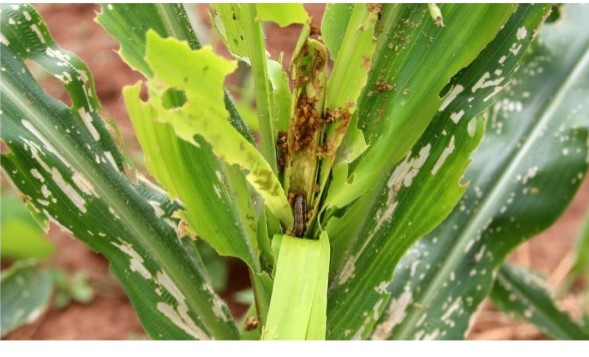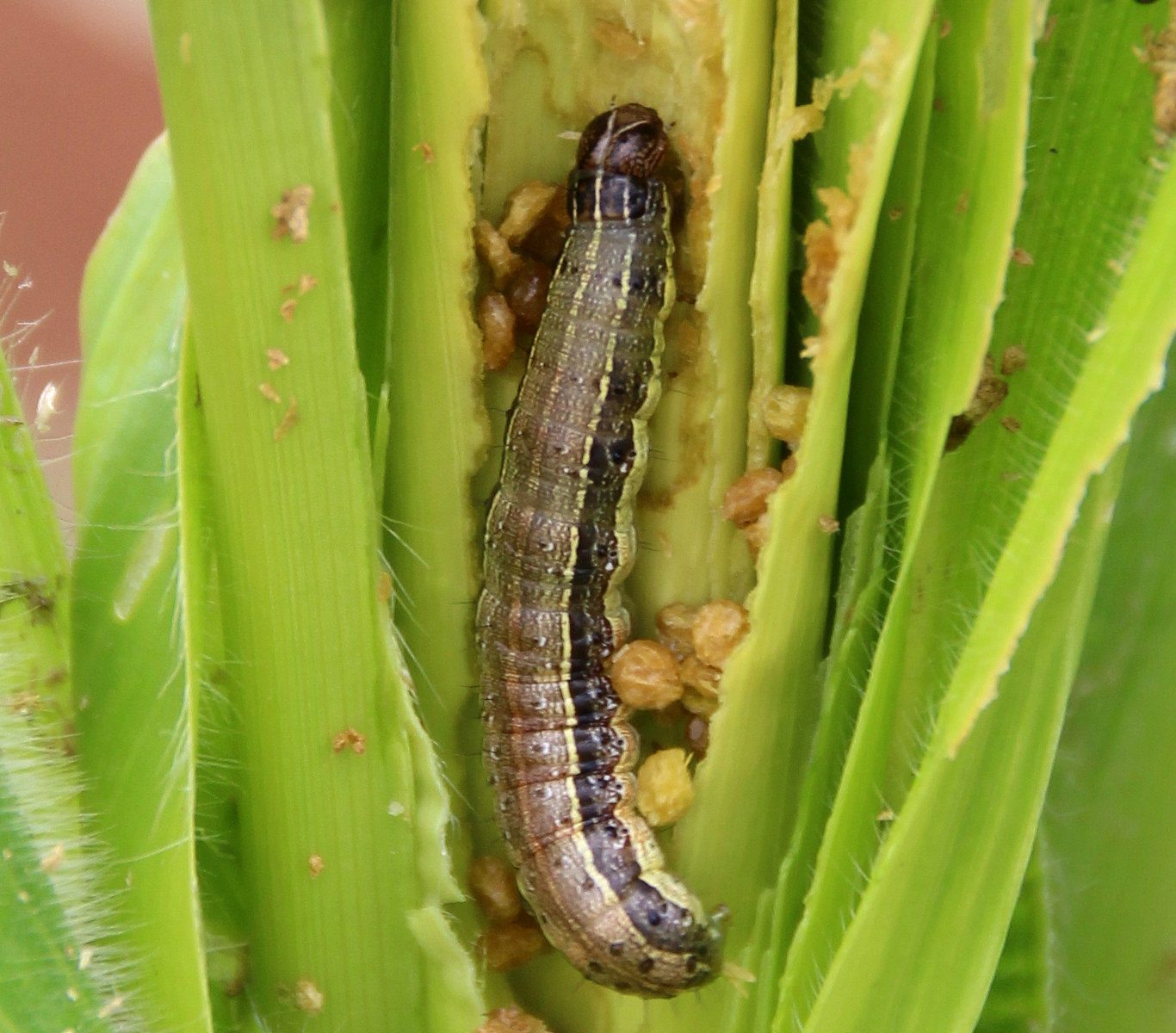- आप इसके लिए अपने नजदीकी कॉमन सर्विस सेंटर (CSC) पर जाकर अपना नाम दर्ज करवा सकते हैं।
- केंद्रीय कृषि मंत्रालय (Ministry of Agriculture) के संयुक्त सचिव राजबीर सिंह के मुताबिक रजिस्ट्रेशन के लिए कोई फीस नहीं लगेगी।
- यदि कोई किसान बीच में स्कीम छोड़ना चाहता है तो उसका पैसा नहीं डूबेगा। उसने स्कीम छोड़ने तक जो पैसे जमा किए होंगे उस पर सेविंग अकाउंट के ब्याज का ब्याज मिलेगा।
- वरिष्ठ नागरिक (Senior Citizen) होते ही यानी 60 साल उम्र के बाद हर माह 3000 रुपये पेंशन (Pension) मिलेगी।
- इस स्कीम के पात्र 18 से 40 साल उम्र के लोग ही हैं।
- 19 साल की उम्र पर 58 रुपये, 20 साल पर 61, 21 पर 64, 22 साल पर 68, 23 पर 72, 24 पर 76,
- 25 पर 80, 26 पर 85, 27 पर 90, 28 पर 95, 29 पर 100, 30 साल उम्र पर 105 रुपये प्रतिमाह प्रीमियम देना होगा।
- इसी तरह 31 साल के किसान को मासिक 110 रुपये प्रीमियम देना होगा। इसके बाद 40 साल तक हर साल पर 10 रुपये प्रीमियम बढ़ते-बढ़ते 40 साल पर 200 रुपये हो जाएगा।
- रजिस्ट्रेशन के लिए चाहिए ये डॉक्यूमेंट्स!
1.आधार कार्ड
2.जमीन रिकॉर्ड
3.बैंक पासबुक
4.राशन कार्ड
5. 2 फोटो
क्या है खास
- सरकार भी बराबर राशि का पेंशन निधि में अंशदान करेगी
- इस योजना के तहत किसान पीएम-किसान स्कीम से प्राप्त लाभ में से सीधे ही अंशदान करने का विकल्प चुन
सकते हैं - अगर लाभ पाने वाले व्यक्ति की मौत हो गई, तो उसके पति/पत्नी को 50% रकम मिलती रहेगी. यानी 1500 रुपये प्रतिमाह
- इस कोष का प्रबंधन भारतीय जीवन बीमा निगम (एलआईसी) करेगा.
Share


